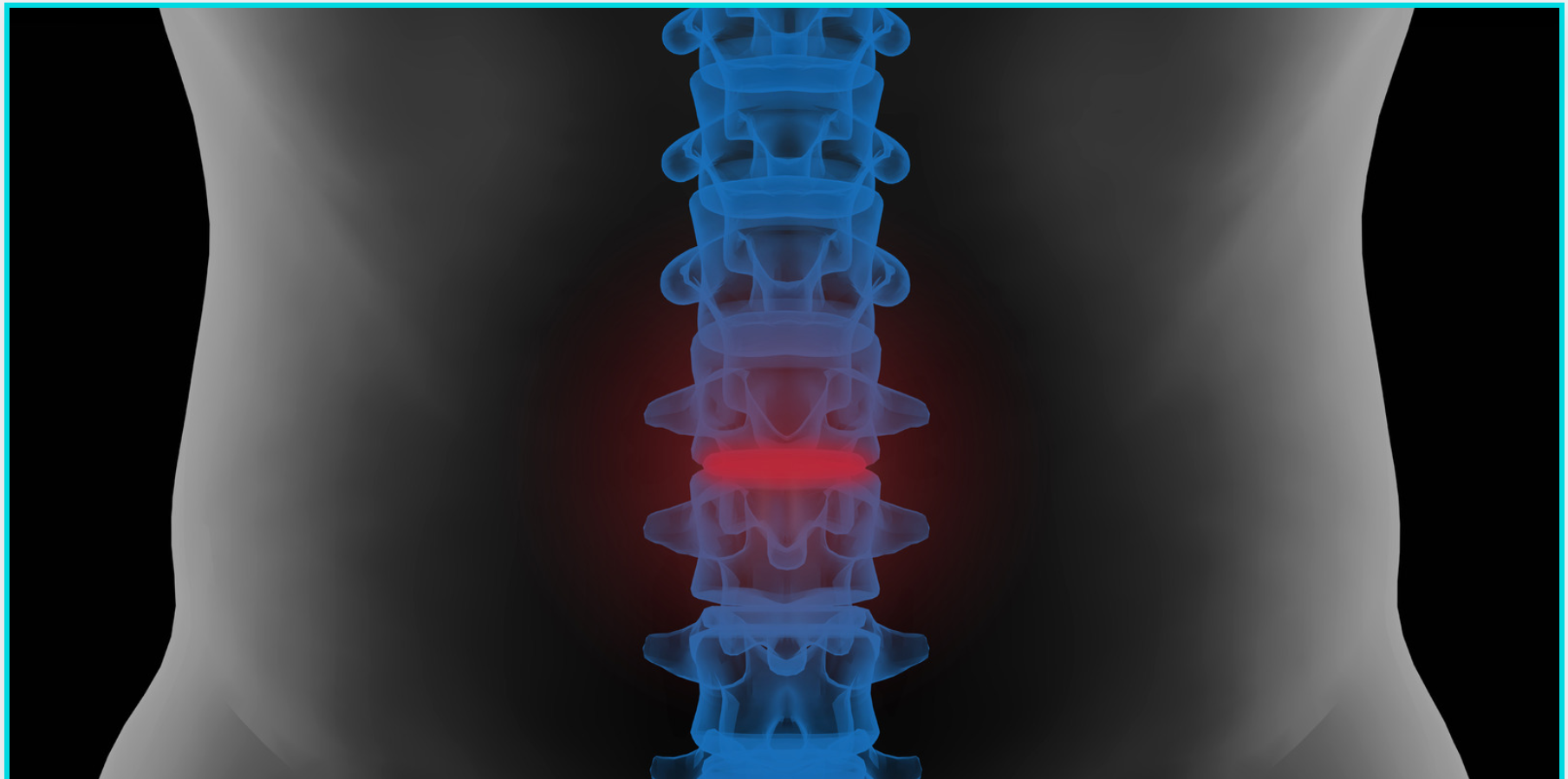I’m writing this post to give you a “heads up” on an upcoming blog topic that is critically important to how you choose to solve your low back pain.
Over the next few posts, I will be discussing how “Success” is defined, or measured, when it comes to the varioius types of low back pain care you could receive. If you are not already a subscriber, sign up using the form below to be notified.
The goal of this site is to always provide you with information about low back pain to help you make treatment choices that will fit your situation.
In other words, to help you solve low back pain…the right way…FOR YOU!




